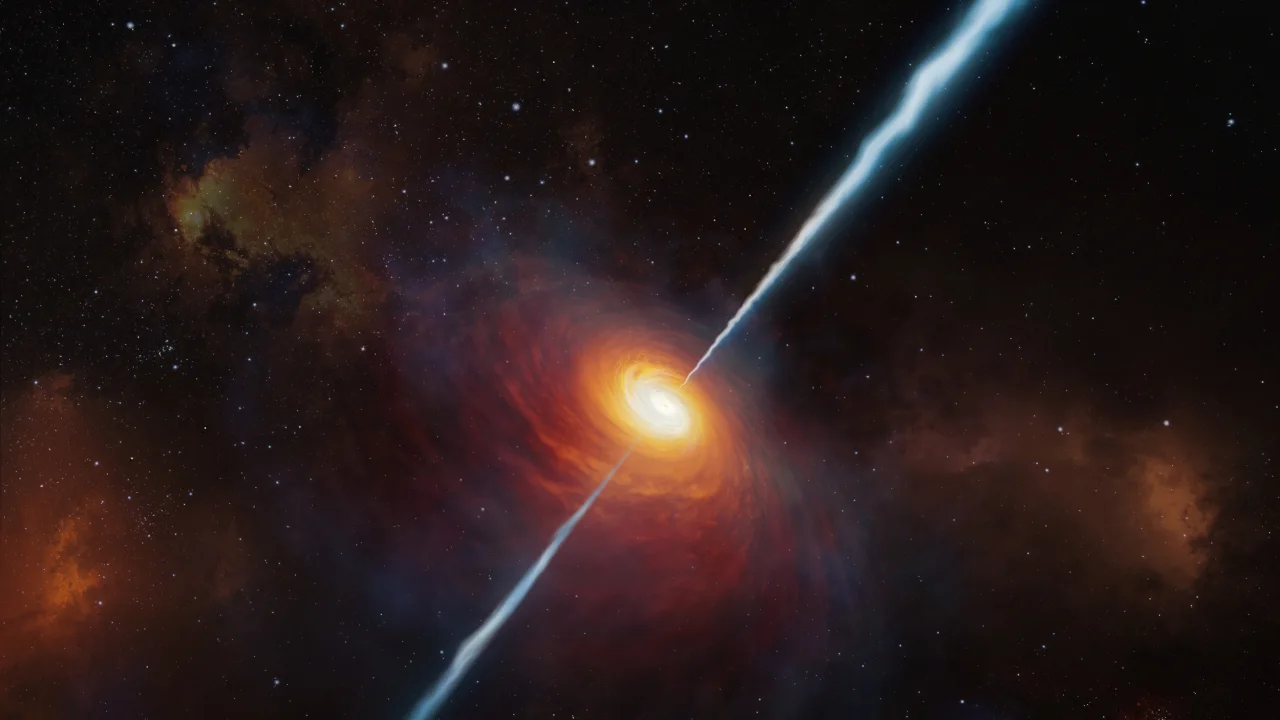figuring out the riddle of the universe's most potent things
April 26, 2023Tweet

Astronomers first discovered quasars, the brightest and most powerful objects in the universe, 60 years ago, but didn't understand their origin. Now, scientists think they have unlocked the mystery behind what ignites these celestial objects. Quasars have the same luminosity of a trillion stars contained in a space about the size of our solar system, while the Milky Way galaxy is home to at least 100 billion stars. Astronomers observed 48 different galaxies that contain quasars and compared them to more than 100 galaxies without them. They discovered that the collision of galaxies is what likely triggers quasars, estimating that quasar-hosting galaxies are three times as likely to collide with other galaxies.
Deep imaging observations revealed distorted structures in the outer regions of each galaxy that hosted a quasar. Many large galaxies host supermassive black holes at their centers, but that gas is usually largely out of reach of the hungry black hole at the galactic center. Quasars are one of the most extreme phenomena in the Universe, and what we see is likely to represent the future of our own Milky Way galaxy when it collides with the Andromeda galaxy in about five billion years. Studying bright quasars scattered across vast distances of the universe can allow scientists to essentially peer back in time. In 2021, scientists detected the most distant quasar to date, known as P172+18.
It took 13 billion years for the light from the quasar’s jets to reach us, and the jets are blasting out material at nearly the speed of sound. Quasars play a key role in our understanding of the history of the Universe, and possibly also the future of the Milky Way.
Universe Powerful-objects Galaxies
Comments
Related news

US aid to Ukraine is running out, according to Politico
Read more
The "most dangerous time in history" is upon the world. - Trump
Read more
As the fighting broke out in Ukraine, they fled. They are now celebrating their motherland.
Read more‘Get me out... I'll be your servant: Syrian girl begs rescuers.
Read more
NATO was deterred from going all-out for Ukraine by Russia, according to John Bolton
Read more
Fox News and Tucker Carlson have a falling out.
Read more
Protests in France are reportedly "out of hand."
Read more
The EU has virtually run out of ways to punish Russia, according to Borrell
Read more
According to an Israeli minister, there are no such things as Palestinians.
Read more